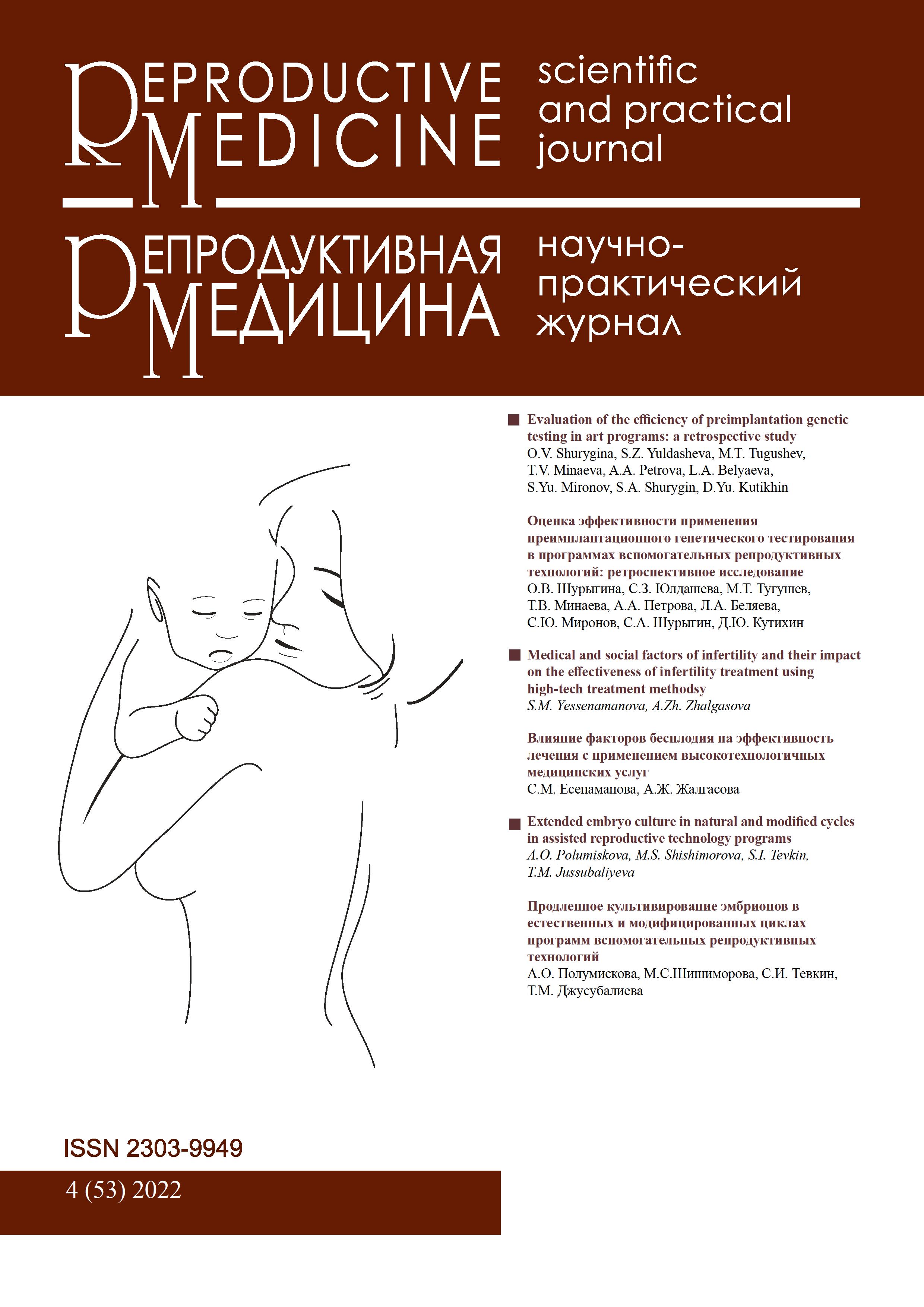Кесір тілігі жиілігінің өсуіне әсер ететін факторлар: әдеби шолу
DOI:
https://doi.org/10.37800/RM.3.2022.68-75Кілт сөздер:
кесір тілігі, аналар сұранысы, кесір тілігі тенденциясы, босану кезіндегі ауырсынулар, медициналық көрсетілімдерАңдатпа
Өзектілігі: Бүкіл Әлемде кесір тілігі тенденциясының өсуі байқалады. Бүкіл әлемдік денсаулық сақтау ұйымының (ДДСҰ) зерттеулері бойынша ол 15% құраған.
Зерттеудің мақсаты – зерттеулер медициналық көрсетілім болмаған кезде, әлемнің әртүрлі аймақтарында кесір
тілігімен сәбиді өмірге әкелуді сұрайтын әйелдердің жиілігін төмендету үшін мүмкін болатын жолдарды іздестіруге бағытталған.
Нәтижелер: Кесір тілігіне байланысты түрлі зерттеу мақалалары Google Scholar, PubMed, Sci-Hub және Biomedical Corner-ден жиналды.
Нәтижелер: Әдебиеттерге шолулар бойынша кесір тілігі жиілігінің тәулік сайын ұлғаятындығы анықталды. Бұрын кесір тілігі адам өмірін құтқарушы төтенше жағдайдағы процедура болып есептелсе, қазіргі таңда кейбіреулер оны таңдауға болатын және жайлы әдіс ретінде қабылдайды, ол ДДСҰ ұсынған нормалар бойынша жүргізілетін оталардан да артып кетуіне әкелген. Бұл шолуда ананың өтініші бойынша кесір тілігі жиілігінің артуына әкелетін факторлар талқыланады. Кесір тілігі жиілігін төмендету үшін адамдарды қауіптілік факторлары, ауру, өлім, ДДСҰ ұсыныстары
мен дәрігерлер пікірі туралы ақпарат беру қажеттілігі айтылады.
Қорытынды: Аналардың өтініші бойынша кесір тілігін таңдауға әкелетін факторларды шектеу және медициналық көрсетілімсіз кесір тілігін жасатуға бел буған әйелдерге психологиялық қолдау көрсету арқылы кесір тілігінің жалпы деңгейін төмендетуге болады.
Библиографиялық сілтемелер
Aabakke A.J.M. Surgical techniques for caesarean section. Short- and long-term consequences: Ph.D. thesis. – University of Copenhagen, 2014. – 63 p. https://www.regionsjaelland.dk/Sundhed/forskning/forfagfolk/Forskere/Documents/Anna%20Aabakke%20-%20afhandling.pdf
Zamani-Alavijeh F., Araban M., Hassanzadeh A., Makhouli K. Contributing factors of pregnant women’s beliefs towards the mode of delivery: a cross-sectional study from Iran // Matern. Heal. Neonatol. Perinatol. – 2018. – Vol. 4. – Art. no. 9 (2018). https://doi.org/10.1186/s40748-018-0077-1
Shams-Ghahfarokhi Z., Khalajabadi-Farahani F. Intention for cesarean section versus vaginal delivery among pregnant women in Isfahan: Correlates and determinants // J. Reprod. Infertil. – 2016. – Vol.17(4). – P. 230-239. https://pubmed.ncbi.nlm.nih.gov/27921002/
Penn Z., Ghaem-Maghami S. Indications for cesarean section // Best Pract. Res. Clin. Obstet. Gynaecol. – 2001. – Vol.15(1). – P. 1-15. https://doi.org/10.1053/beog.2000.0146
Association of Surgical Technologists. Surgical Technology for the Surgical Technologist: A Positive Care Approach. – 5th ed. – Cengage Learning, 2017. – ISBN: 978-1305956414.
Amjad A., Imran A., Shahram N., Zakar R., Usman A., Zakar M.Z., Fischer F. Trends of caesarean section deliveries in Pakistan: secondary data analysis from Demographic and Health Surveys, 1990-2018 // BMC Pregnancy Childbirth. – 2020. – Vol. 20. – Art. No. 753 (2020). https://doi.org/10.1186/s12884-020-03457-y
Abebe F.E, Gebeyehu A.W., Kidane A.N., Eyassu G.A. Factors leading to cesarean section delivery at Felegehiwot referral hospital, Northwest Ethiopia: A retrospective record review // Reprod. Health. – 2016. – Vol. 13. – Art. no. 6 (2015). https://doi.org/10.1186/s12978-015-0114-8
The Staywell Company. Health Library. Cesarean Section (C-Section) // demo.staywellhealthlibrary.com/Content/healthsheets-v1/cesarean-birth-c-section/ 7.1.2020.
Eide K.T., Morken NH, Bærøe K. Maternal reasons for requesting planned cesarean section in Norway: A qualitative study // BMC Pregnancy Childbirth. – 2019. – Vol. 19. – Art. no. 102 (2019). https://doi.org/10.1186/s12884-019-2250-6
Quraishi F.U., Jabeen S., Alvi W. Frequency of Cesarean Delivery on maternal request in a private teaching hospital // J. Rawalpindi Med. Coll. – 2020. – Vol. 24(2). – P. 139-143. https://journalrmc.com/index.php/JRMC/article/view/1305
Dwight E.M. Caesarean Delivery on Maternal Request : A New Zealand Perspective: Bachelor Thesis. - Uniersity of Otago, 2017. http://hdl.handle.net/10523/7514
D’Souza R., Arulkumaran S. To “C” or not to “C”? Caesarean delivery upon maternal request: A review of facts, figures, and guidelines // J. Perinat. Med. – 2013. – Vol. 41. – P. 5-15. https://doi.org/10.1515/jpm-2012-0049
Sandall J., Tribe R.M., Avery L., Mola G., Visser G.H., Homer C.S., Gibbons D., Kelly N.M., Kennedy H.P., Kidanto H., Taylor P., Temmerman M. Short-term and long-term effects of caesarean section on the health of women and children // Lancet. – 2018. – Vol. 392(10155). – P. 1349-1357. https://doi.org/10.1016/s0140-6736(18)31930-5
Begum T., Saif-Ur-Rahman K.M., Yaqoot F., Stekelenburg J., Anuradha S., Biswas T., Doi S.A., Mamun A.A. Global incidence of caesarean deliveries on maternal request: a systematic review and meta-regression // BJOG. – 2021. – Vol. 128(5). – P. 798-806. https://doi.org/10.1111/1471-0528.16491
Ortiz-Prado E., Castillo T.A., Olmedo-López M., Armijos L., Ramírez D., Iturralde A.L. Cesarean section rates in Ecuador: A 13-year comparative analysis between public and private health systems // Rev. Panam. Salud. Publica. – 2017. – Vol. 41. – Art. no. e15. https://doi.org/10.26633/rpsp.2017.15
Mascarello K.C., Horta B.L., Silveira M.F. Maternal complications and cesarean section without indication: systematic review and meta-analysis // Rev. Saude Publica. – 2017. –Vol. 51. – Art. no. 105. https://doi.org/10.11606/s1518-8787.2017051000389
Chen H., Tan D. Cesarean section or natural childbirth? Cesarean delivery may damage your health // Front. Psychol. – 2019. – Vol. 10. – Art. no. 351. https://doi.org/10.3389/fpsyg.2019.00351
Shirzad M., Shakibazadeh E., Hajimiri K., Betran A.P., Jahanfar S., Bohren M.A., Opiyo N., Long Q., Kingdon C., Colomar M., Abedini M. Prevalence of and reasons for women’s, family members, and health professionals’ preferences for cesarean section in Iran: a mixed-methods systematic review // Reprod. Health. – 2021. – Vol. 18. – Art. no. 3 (2021). https://doi.org/10.1186/s12978-020-01047-x
Panda S., Begley C., Daly D. Influence of women’s request and preference on the rising rate of caesarean section – a comparison of reviews // Midwifery. – 2020. – Vol. 88. – Art. no. 10765. https://doi.org/10.1016/j.midw.2020.102765
American College of Obstetricians and Gynecologists. ACOG Committee Opinion. Surgery and patient choice: the ethics of decision making // Obstet. Gynecol. – 2003. – Vol. 102(5 Pt 1). – P. 1101-1106. https://doi.org/10.1016/j.obstetgynecol.2003.09.030
Cole S.K. Caesarean Section Rates // Lancet. – 1980. – Vol. 315(8168). – P. 606. https://doi.org/10.1016/S0140-6736(80)91104-6
Жүктеулер
Жарияланды
Дәйексөзді қалай келтіруге болады
Журналдың саны
Бөлім
Лицензия
Осы журналда жарияланған мақалалар тек коммерциялық емес пайдалануды қарастыратын CC BY-NC-ND 4.0 (Creative Commons Attribution - Non Commercial - No Derivatives 4.0 International) лицензиясы бойынша лицензияланады. Бұл лицензия бойынша пайдаланушылар авторлық құқықпен қорғалған материалды көшіруге және таратуға құқылы, бірақ оларды коммерциялық мақсатта өзгертуге немесе пайдалануға рұқсат етілмейді. Лицензиялау туралы толық ақпаратты https://creativecommons.org/licenses/by-nc-nd/4.0/ сайтында алуға болады.




